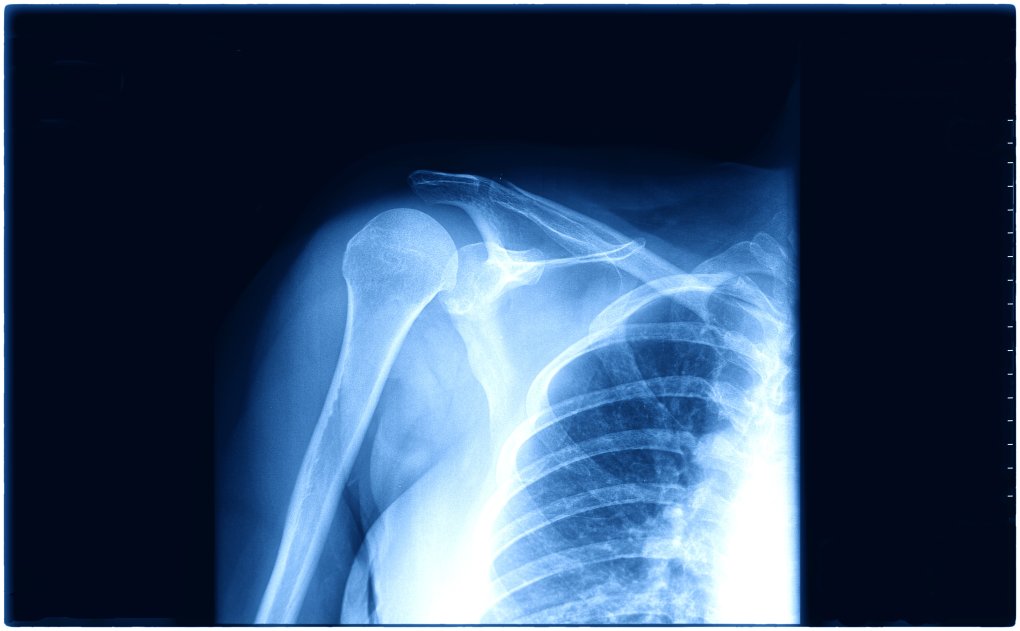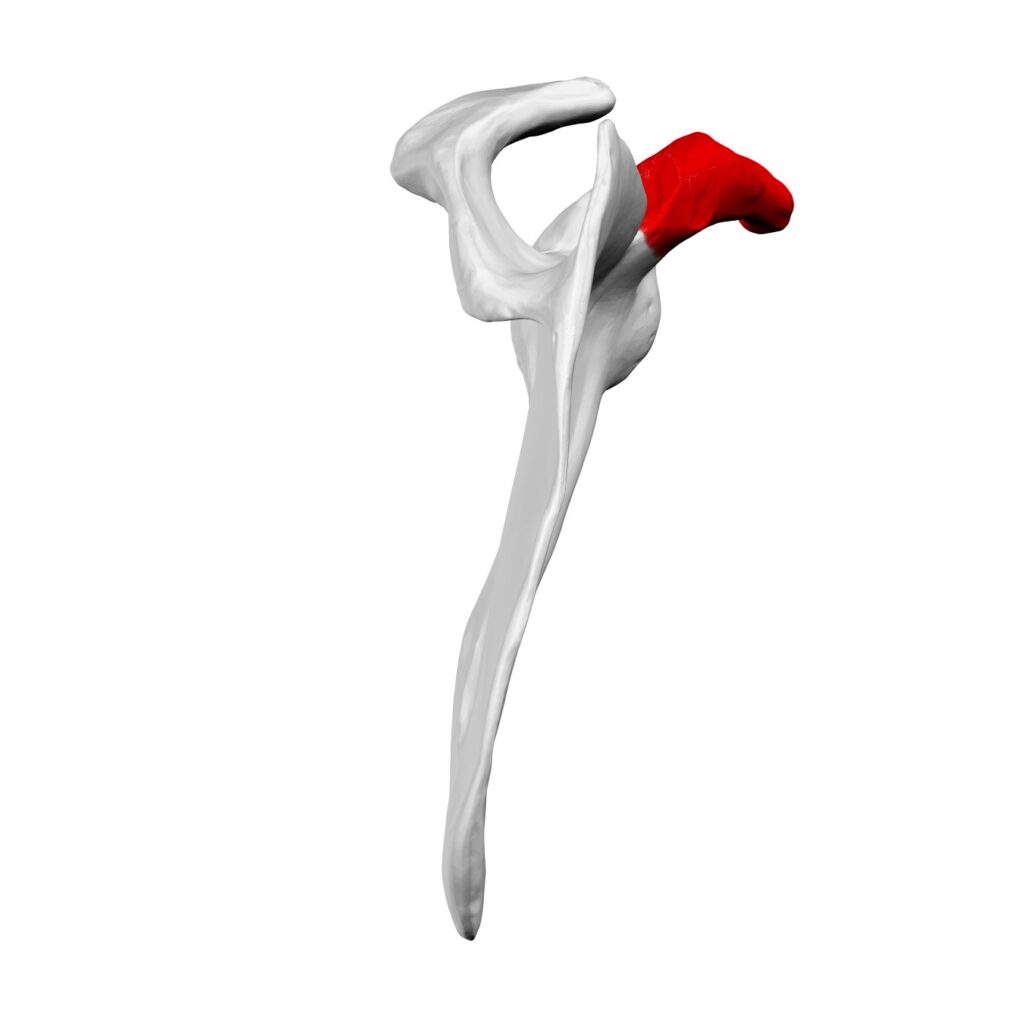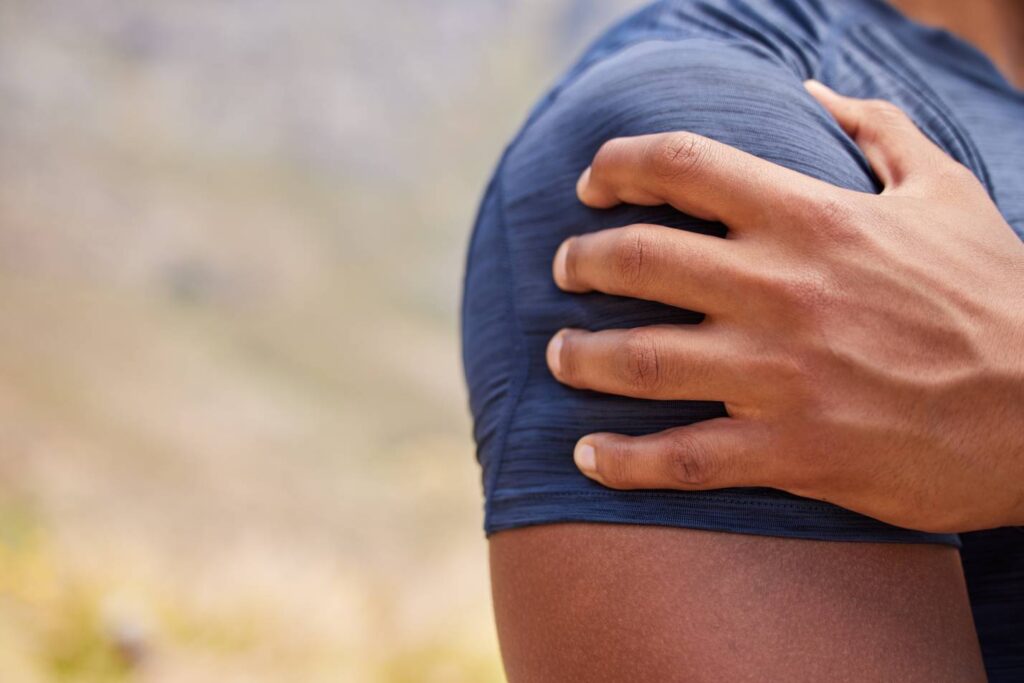Weston McKennie and His Shoulder Instability Surgery
USMNT Player Weston McKennie; Will He Undergo Shoulder Instability Repair Surgery After Dislocating His Shoulder in Soccer Match?
American soccer player Weston McKennie sustained a dislocated left shoulder during a match this past Sunday. It is yet to be decided whether he will go for shoulder instability surgery or pursue other treatment options.
The 25-year-old United States Men’s National Soccer Team midfielder suffered the injury during his team Juventus’ 3-2 win over Frosinone at the Allianz Stadium in Italy.
How much time McKennie may miss due to his injury is now being speculated. After a traumatic shoulder dislocation, it can often take around 2-6 weeks for the inflammation to subside and full range of motion to return. It is only at that point that an individual may be able to return safely to unrestricted sporting activity.
Shoulder Dislocations: Causes & Mechanics
Shoulder dislocations are traumatic events where the ball (head) of the upper arm bone (humerus) pops out of the socket (glenoid process) of the shoulder blade (scapula). They can occur due to various factors, including sports injuries, falls, or accidents.
Causes of Shoulder Dislocations
Shoulder dislocations often result from sudden impact or force applied to the shoulder joint, leading to the humerus bone slipping out of the glenoid socket. Common causes include sports-related collisions, falls onto an outstretched arm, or direct blows to the shoulder. Additionally, individuals with lax ligaments or previous shoulder injuries may be more prone to dislocations.
Preventing Shoulder Dislocation
While some shoulder dislocations are unavoidable, certain preventive strategies can help reduce the risk of recurrence. Strengthening the muscles around the shoulder joint through targeted exercises can enhance stability and support. Proper technique and body mechanics during sports and physical activities are also essential. Using protective gear, such as shoulder braces or padding, can provide additional support and minimize the impact of external forces.

What Happens After an Initial Shoulder Dislocation Occurs
Following an initial traumatic shoulder dislocation, an athlete may face around a 50/50 chance of developing recurrent episodes of shoulder instability. This is commonly due to capsular stretching and the inability of torn shoulder (glenohumeral) ligaments to heal.
In overhead athletes who may be at exceptionally high risk for developing subsequent shoulder dislocations, consideration can be given to a primary arthroscopic capsulolabral repair (sometimes referred to as an arthroscopic Bankart repair).
Suppose an athlete is in a sport with a lower-to-moderate risk of re-dislocation. In that case, they may rehabilitate the shoulder non-surgically and then wait and see if they dislocate again.
Understanding Chronic Shoulder Instability Symptoms
Chronic shoulder instability can manifest as recurring episodes of subluxations or dislocations. Subluxations can be described as partial dislocations where the shoulder momentarily slips out of place. Symptoms may include pain, weakness, and a sensation of looseness in the shoulder joint.
Recurrent shoulder instability can also occur as repeat full dislocations, where the ball completely slips out of the socket and stays out, sometimes necessitating professional intervention to relocate the joint.
Without proper treatment to stabilize the shoulder, the supportive ligaments stretch and the cartilage deteriorates with each dislocation, eroding the bone and weakening the stability of the joint further.
Over time, this cycle of recurrent trauma can result in the development of post-traumatic arthritis, exacerbating pain and further compromising shoulder function. As each dislocation occurs, the structures resisting abnormal shoulder displacement become increasingly damaged, making subsequent dislocations more frequent and easier to occur. It’s essential to address shoulder instability promptly to prevent long-term complications and maintain joint health.
Not a New Injury to His Shoulder
As it turns out, McKennie experienced a similar shoulder injury in July 2022, after which he was sidelined for two weeks. So, this most recent Sunday episode may constitute a recurrent occurrence of shoulder instability for him.
If someone with an initial traumatic shoulder dislocation then goes on to re-dislocate, the chances are very high that they will be a recurrent dislocator and experience many more of these episodes. In these cases, it is usually advisable for the person to undergo shoulder instability repair surgery to prevent further dislocations and damage to the shoulder.

Treatment Options for Addressing Repeated Dislocations
Surgical and non-surgical options are available for managing shoulder instability, depending on the severity and underlying causes of the condition.
Non-Surgical Options
1. Physical Therapy: A structured rehabilitation program focused on strengthening the muscles around the shoulder joint and improving stability and range of motion.
2. Activity Modification: Avoiding activities or movements that exacerbate shoulder instability, such as overhead lifting or repetitive throwing motions.
3. Bracing: Using supportive braces or orthotics to stabilize the shoulder joint and reduce the risk of dislocation during physical activities.
Surgical Options
1. Arthroscopic Stabilization: Minimally invasive arthroscopic surgery is performed using small incisions to perform a capsulolabral repair, sometimes referred to as a “Bankart repair,” restoring stability to the shoulder.
2. Open Stabilization: Traditional open surgery involves a larger incision to access and repair torn or stretched ligaments. An open approach may be favored by some surgeons based on their training and experience or in cases where more extensive reconstruction is necessary to address bone loss associated with longstanding, untreated recurrent shoulder instability. 
3. Latarjet Procedure: In cases of severe shoulder instability with bone loss, this surgical technique involves transferring a piece of bone (the coracoid process) from the shoulder blade to the area where the bone has been worn away from the front of the socket (glenoid process) to restore the bony contour and restraint to instability.A simple analogy for the head of the humerus and its relationship to the glenoid process is a golf ball resting on a tee. Glenoid bone loss can be simulated by imagining a chip being taken off the rim of the tee. Without the support of a fully intact, circumferential rim of the relatively small tee, the much larger golf ball would fall off. During the Latarjet procedure, a piece of the coracoid bone is transferred and anchored into the front of the socket to restore the bone that is missing from the erosion caused by repeated dislocations.
4. Remplissage Procedure: This technique is sometimes used in conjunction with other stabilization procedures. With this approach, a portion of the infraspinatus tendon of the rotator cuff is sewn into the bony defect in the humeral head (Hill-Sachs lesion). This is done to prevent the defect or “divot” in the humeral head from engaging with the anterior rim of the glenoid bone (lip at the front of the socket), levering the head (ball) out of the socket, and dislocating.
Rehabilitation and Management of Shoulder Injuries
Post-Surgery Rehabilitation
Following surgical treatment for shoulder instability, a structured rehabilitation program is essential for optimizing recovery and restoring shoulder function. The goals of post-surgery rehabilitation include promoting healing, rebuilding strength, improving range of motion, and gradually reintroducing functional activities. Here are some key components of post-surgery rehabilitation:
- Early Mobilization: Rehabilitation typically begins soon after surgery, focusing on gentle range of motion exercises to prevent stiffness and promote healing.
- Muscle Strengthening: Progressive strengthening exercises target the shoulder muscles around the joint, including the rotator cuff and scapular stabilizers, to enhance stability and support.
- Gradual Progression: Rehabilitation progresses gradually, with exercises advancing in intensity and complexity as tolerated by the patient.
- Functional Training: Functional exercises mimic daily activities and sports-specific movements, helping patients regain confidence and readiness to return to their usual activities.
- Pain Management: Modalities such as ice, heat, and electrical stimulation may be used to manage post-operative pain and inflammation.
- Patient Education: Patients receive guidance on proper body mechanics, activity modifications, and strategies to prevent re-injury or recurrent instability.
Returning to Activities
Returning to activities after shoulder instability surgery requires careful planning and coordination between the patient, surgeon, and rehabilitation team. The timeline for returning to specific activities varies depending on individual factors such as the type of surgery, healing progress, and the demands of the activity. Here are some considerations for safely returning to activities:
- Gradual Progression: Activities are reintroduced gradually, starting with low-impact and non-contact exercises before advancing to more strenuous or high-risk activities.
- Consultation with Healthcare Providers: Patients should follow their surgeon’s recommendations and consult with their rehabilitation team before resuming sports or other physical activities.
- Functional Assessment: Functional testing may be performed to assess shoulder strength, stability, and readiness to return to specific activities.
- Proper Technique: Patients receive instruction on proper technique, equipment use, and injury prevention strategies to minimize the risk of re-injury.
- Monitoring and Adjustment: Progress is monitored closely, and activity levels may be adjusted based on the patient’s response and any signs of discomfort or instability.
Long-Term Management
Long-term management of shoulder instability involves ongoing monitoring, maintenance, and injury prevention strategies to minimize the risk of recurrent instability and optimize shoulder health. Here are some key aspects of long-term management:
- Regular Follow-Up: Patients are encouraged to attend regular follow-up appointments with their healthcare provider to monitor shoulder function, address any concerns, and assess the need for further intervention.
- Continued Rehabilitation: Maintenance of shoulder strength, flexibility, and stability through ongoing exercises and physical therapy is essential for long-term joint health.
- Activity Modification: Modification of activities or sports participation may be necessary to avoid activities that place excessive stress on the shoulder joint or increase the risk of instability.
- Injury Prevention: Implementation of injury prevention strategies, such as proper warm-up, conditioning, and protective equipment use, can help reduce the risk of recurrent shoulder instability.
- Lifestyle Modifications: Lifestyle factors such as maintaining a healthy weight, avoiding smoking, and managing other medical conditions can also contribute to long-term shoulder health and function.
By addressing these aspects of post-surgery rehabilitation, returning to activities, and long-term management, individuals can achieve optimal outcomes following surgical treatment for shoulder instability and maintain shoulder health and function in the long term.

Undecided About Undergoing Shoulder Stabilization Surgery?
The best defense against further problems after a shoulder dislocation is to treat these injuries appropriately to avoid the vicious cycle of recurrent instability and cumulative joint damage. This can sometimes be achieved by modifying activity to avoid arm maneuvers that place the shoulder in a position where it is prone to dislocate. However, this may not be practical or possible for certain types of athletes and active individuals.
As for the case of McKennie, one of his options may be to surgically correct the instability lesion, returning his shoulder to optimal function while minimizing the risk of future problems.
Which route Weston McKennie will take remains to be seen. It is not unusual for professional athletes in a similar position to rehabilitate the shoulder, return to play within a few weeks, play the remainder of the season (if possible), and then undergo surgical repair in the off-season.
Meier Orthopedic Sports Medicine for Shoulder Injuries
Are you struggling with a shoulder injury like Weston McKennie? Don’t let pain and limited mobility hold you back from enjoying life to the fullest. At Meier Orthopedic Sports Medicine, we specialize in helping individuals recover from shoulder injuries and get back in the game.
Led by orthopedic surgeon Dr. Steven W. Meier, we offer comprehensive care for shoulder conditions involving non-invasive and minimally invasive techniques, regenerative medicine, and outpatient shoulder surgery.
Schedule a consultation with Dr. Meier and let’s discuss how we can help you return to an active lifestyle. Don’t let shoulder injuries sideline you any longer – contact Meier Orthopedic Sports Medicine today.
